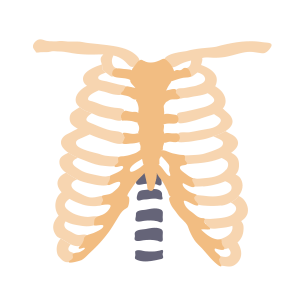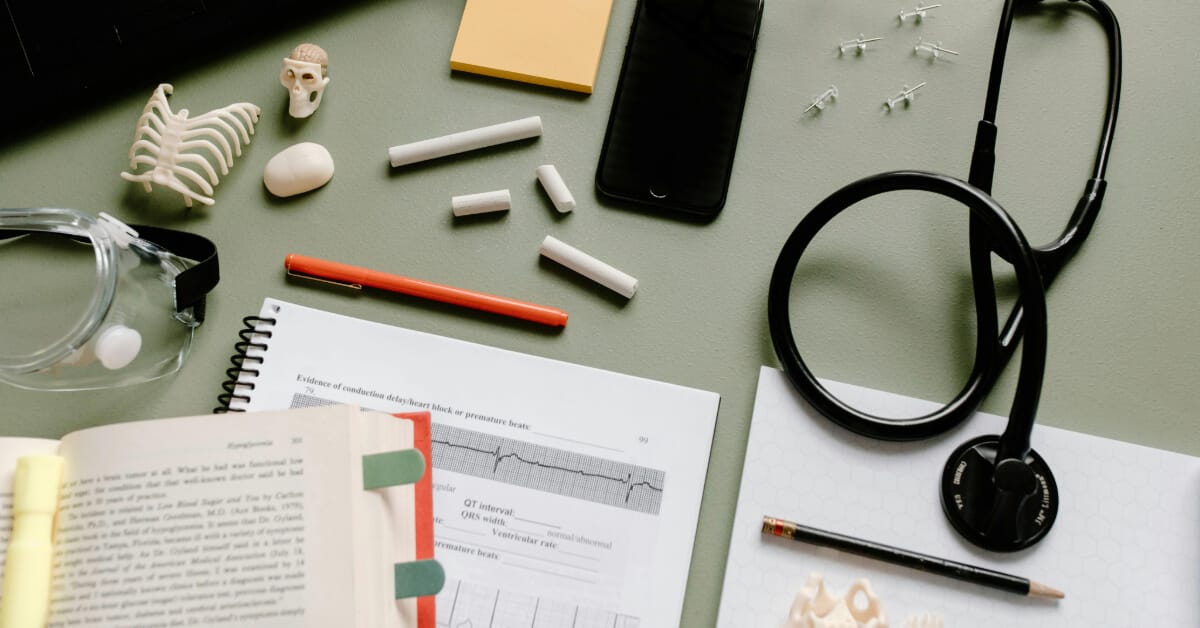Anatomy & Physiology is the foundational language of medicine. Whether you’re planning to become a nurse, physician, physical therapist, or pharmacist, a deep understanding of the human body is non-negotiable, which is why it’s a common recommended prerequisite for health professions. Traditionally, this meant two full semesters in a campus lecture hall and lab. Today, a high-quality anatomy and physiology online course offers a more flexible path—but it also comes with new challenges.
How do you find an online anatomy and physiology course that provides the same academic rigor as an on-campus class? How can you be sure the credits you earn will be accepted by your degree program or by admissions committees? This guide is designed to answer those questions. It will walk you through the most important factors to consider when choosing a program, map out the A&P 1 and 2 journey, and provide a clear solution for completing your prerequisite with confidence.
The Challenge of Online A&P: What to Look For
Not all online science courses are created equal. For a foundational sequence like A&P, which serves as a prerequisite for more advanced studies, simply watching videos is not enough. You need a program that meets specific academic standards. When evaluating any anatomy and physiology 1 and 2 online accredited college course, there are three non-negotiable factors to consider.
Accreditation and ECTS Credits
The single most important factor is accreditation. This means the course is offered by an institution that has been formally vetted for quality and academic standards by an official authority, such as those that adhere to the Standards and Guidelines for Quality Assurance in the European Higher Education Area (ESG). An accredited course awards formal academic credits, such as ECTS (European Credit Transfer and Accumulation System), which is the internationally recognized standard. The European Commission defines ECTS as a tool to make learning more transparent and comparable across different countries. A human anatomy and physiology course without this formal backing may not be accepted for credit transfer.
A Comprehensive Curriculum
The curriculum must cover the full scope of a two-semester, college-level sequence. A legitimate online course anatomy and physiology will have a detailed syllabus that outlines all the body systems and physiological concepts covered. This should be comparable to what’s taught in a traditional university setting, ensuring you build the comprehensive knowledge base required for future healthcare studies.
A Cohesive, Integrated Structure
Anatomy & Physiology I and II are designed to be taken as a sequence. A&P II builds directly on the foundational knowledge established in A&P I. For this reason, it’s crucial to take both courses from the same provider. A cohesive structure ensures there are no knowledge gaps between the two parts and that the terminology and teaching approach remain consistent, creating a seamless and more effective learning experience.
Mapping Your Journey: A&P I vs. A&P II
Understanding how the A&P sequence is structured helps clarify the learning path ahead. The two courses divide the immense subject of the human body into manageable, logical parts.
Anatomy and Physiology I: The Foundation
The first semester, an anatomy and physiology 1 online course, is all about building the fundamental framework. You’ll start with the basics and work your way up to several major organ systems. Key topics for A&P I include:
- Anatomical Terminology: Learning the universal language used to describe the body.
- Cellular Biology and Tissues: Understanding the microscopic building blocks of the body.
- The Integumentary System: The skin, hair, and nails.
- The Skeletal System: The bones and joints that provide structure and support.
- The Muscular System: The muscles that enable movement.
- The Nervous System: The brain, spinal cord, and nerves that control the body.
Anatomy and Physiology II: The Systems in Action
An anatomy and physiology 2 online accredited course builds upon that foundation, exploring the remaining organ systems and focusing on how they work together to maintain homeostasis. A standard A&P II curriculum delves into more complex physiological processes and inter-system relationships. Key topics include:
- The Endocrine System: Hormones and glands that regulate bodily functions.
- The Cardiovascular System: The heart, blood vessels, and blood.
- The Lymphatic and Immune Systems: The body’s defense mechanisms.
- The Respiratory System: The lungs and airways.
- The Digestive System: Processing nutrients and energy.
- The Urinary System: Waste excretion and fluid balance.
- The Reproductive System: The continuation of the species.
The Complete Solution: Lecturio’s A&P I & II Accredited Courses
Finding a program that is accredited, comprehensive, and cohesive can be a major challenge. That’s why an integrated online sequence designed specifically to meet these academic requirements is the ideal solution for serious students.
Lecturio’s accredited online anatomy and physiology courses provide a clear, structured path to completing your prerequisite.
- Our Medical Anatomy & Physiology I course is the perfect starting point, laying a strong foundation for your future studies.
- Once you’ve mastered the basics, you can seamlessly transition to our Medical Anatomy & Physiology II course to complete your requirement.
Because both online anatomy and physiology courses are designed as a single, unified program, you can be confident that your learning experience will be consistent and complete, with each course awarding 6 ECTS credits from an accredited university.
Why a Structured Course Beats a “Crash Course”
When searching for an anatomy and physiology course online, you may encounter options labeled as a “crash course”. A crash course anatomy and physiology might seem like a quick and easy way to learn the material, but it’s crucial to understand its limitations.


Already completed the first part?
Finish your requirement with the A&P II
While crash courses can be excellent for a last-minute review before an exam, they are not a substitute for a comprehensive, semester-long course. They lack the depth, detail, and—most importantly—the accreditation needed for the credits to be accepted by a university or professional program. For a critical prerequisite, a structured, accredited course is the only way to ensure your efforts will be formally recognized.
Conclusion: A Clear Path to Fulfilling Your Prerequisite
Don’t piece together your core science requirements from different places or risk taking a course that won’t be accepted by your degree program. Choose a comprehensive, accredited online sequence you can trust to provide the foundational knowledge and the formal academic credits you need to advance your career in healthcare. By selecting an integrated A&P 1 and 2 program, you create a clear and efficient path to success.




